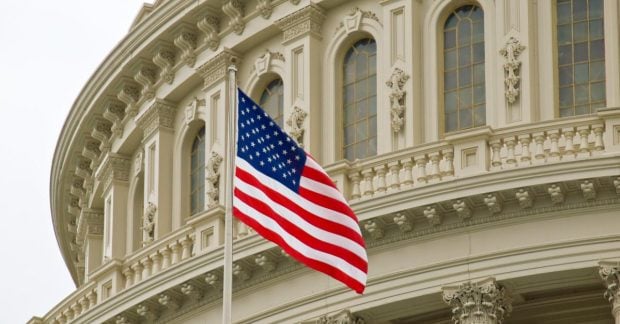And the UK’s 213 days of national lockdown, over three spells, longer than almost anywhere in the world, including much of Australia, took on new context, as hidden costs began to emerge – the tens of thousands of undetected cancers, the countless classes of lost schooling – opportunities lost and shortened lives that are still being counted today, and whose bill will continue to rise in the years to come.
Of course, hindsight is wonderful, and it can be hard to distinguish between destructive consensus and simple ignorance or ineptitude. Maybe those around the table in March 2020 didn’t have the facts or didn’t know what they were doing. The groupthink narrative is, it will surprise no one to learn, in part driven by Dominic Cummings, always keen to portray himself as the brilliant iconoclast. His closest peer is probably Anders Tegnell, the Swedish state epidemiologist who set his country on a very different Covid path to its neighbours. While Cummings stood up for lockdown, Tegnell became something of a celebrity for persisting with the anti-lockdown strategy that Britain eventually abandoned. Some there now think blind respect for Tegnell’s contrarianism became a kind of Swedish government groupthink of its own.
Because in the end, the two strategies began to meet in the middle, as Sweden was forced to toughen its easygoing approach, and other countries made to realise that the disease was not eradicable, but endemic. In Australia and New Zealand, the lockdown doctrine is only now crumbling.
Groupthink, though, has made its mark. Sweden has suffered 1,467 Covid deaths per million people, three times the number in Denmark and almost 10 times that in Norway. South Korea, veteran of SARS, has had just 50 Covid deaths per million. Britain has had more than 2,000.
And whatever the claims of Cummings or Tegnell, it is usually not a lone prophet who leads us all through confusion and darkness to the light.
Just a year and a half after the Bay of Pigs, in October 1962, news reached the White House that Moscow was placing nuclear missiles on Cuba. Kennedy’s top brass called for a huge strike to destroy the missiles. But Kennedy, who had instigated a wide-ranging inquiry into the catastrophe of 18 months before, drew on its conclusions to demand a new kind of decision making. The rules were simple: everyone had to be sceptical, there would be different groups working on alternatives which each would present to the other and even swap, and these options would often be worked up outside the White House, or away from JFK himself, so that formality of setting and follow-the-leader do not block free thinking. This time, Bobby Kennedy described discussions as “completely uninhibited”. The initial drift towards potentially world-ending military strikes gave way to the idea of a naval blockade.
Reform, it turns out, is possible. Groups can avoid groupthink.





